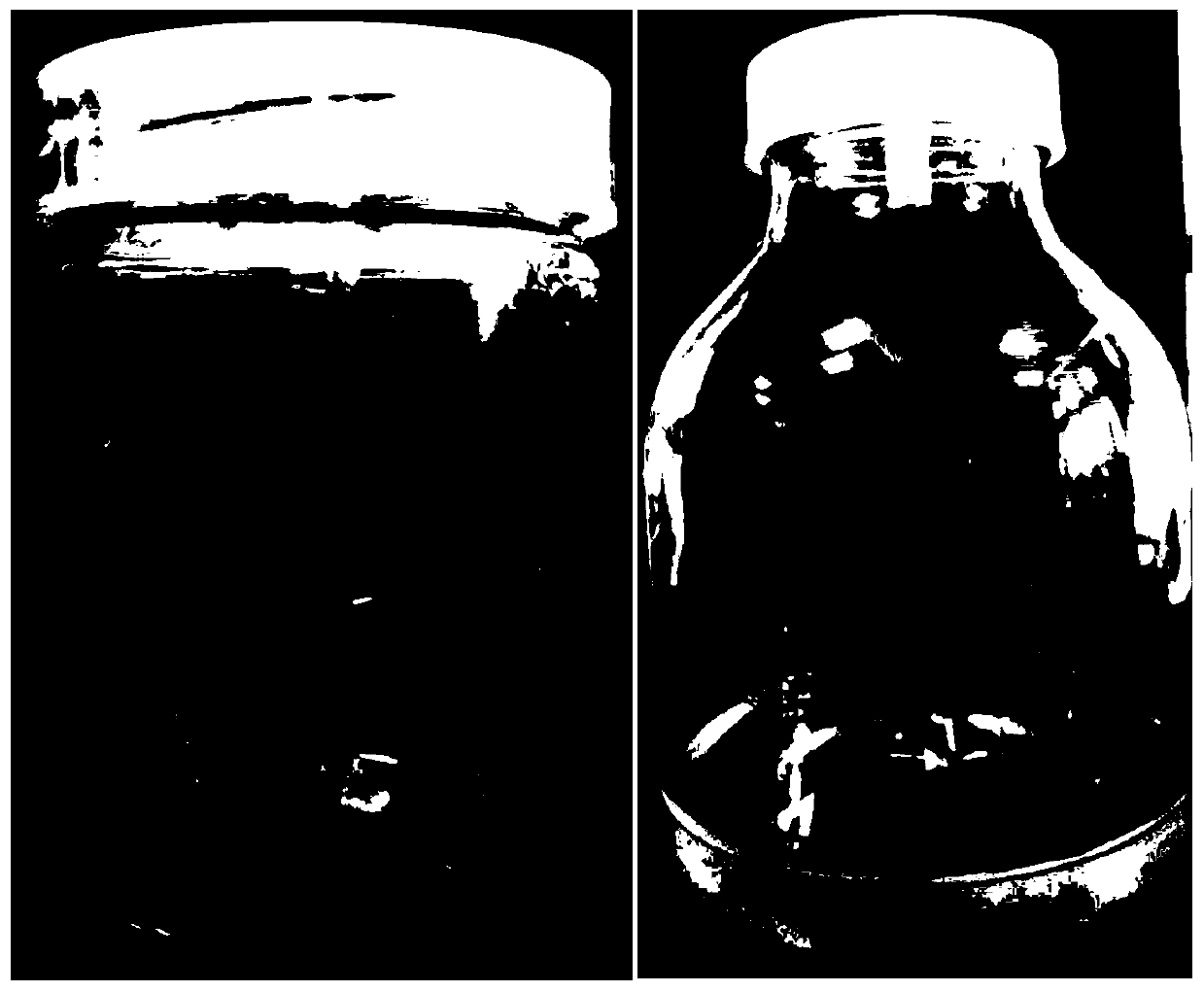Method for culturing rapid propagation seedlings in superior-species chestnut mature embryo tissue
A technology for tissue culture and rapid propagation of seedlings, applied in horticultural methods, botany equipment and methods, horticulture, etc., can solve problems such as the inability to truly realize efficient and rapid propagation of chestnut seedlings, increase investment in tissue culture, and affect the germination rate, etc., to achieve a large Application prospects and industrialization value, shortening breeding cycle, and fast breeding of improved varieties
- Summary
- Abstract
- Description
- Claims
- Application Information
AI Technical Summary
Problems solved by technology
Method used
Image
Examples
Embodiment 1
[0045] This embodiment takes "Osmanthus fragrans" Chinese chestnut as an example to illustrate the method for fast-growing seedlings of the mature embryo tissue culture of the excellent Chinese chestnut species described in the present invention.
[0046] Including the following steps:
[0047] (1) Selection of high-quality chestnuts: select Luotian "Osmanthus fragrans" chestnuts harvested in the current season that have been harvested in the season, which are plump, uniform in size, and free from diseases and insect pests, and refrigerated in a freezer at 0-4°C for later use; figure 1 Shows the appearance diagram of the selected Chinese chestnut;
[0048] (2) Cleaning and disinfection of chestnuts: select fresh, healthy, and non-cracked chestnut seeds and rinse them under tap water for 20-30 minutes (gently scrub with hands or brush gently), and eliminate floating seeds at the same time; In the clean workbench, first soak with 75% alcohol for 2 minutes (shake continuously duri...
Embodiment 2
[0056] The difference between the present embodiment and embodiment 1 is that the disinfection methods of steps (2), (3) chestnut seeds and chestnut fruits are different.
[0057] details as follows:
[0058] Step (2):
[0059] Cleaning and disinfection of chestnuts: select fresh, healthy, and non-cracked chestnut seeds and rinse them under tap water for 20-30 minutes (gently scrub with hands or brush gently), and eliminate floating seeds at the same time; In the seedlings, soak in 75% alcohol for 2 minutes (shake continuously during the soaking process to make the surface of the seeds fully contact with the disinfectant), wash with sterile water twice, then disinfect with 5% sodium hypochlorite for 10 minutes, wash with sterile water for 3 times, and use sterilized water. Blot the surface with the absorbent paper of bacteria for later use;
[0060] Step (3):
[0061] Acquisition of mature chestnut embryos: use a sterile scalpel to break open and remove the epidermis, soak ...
Embodiment 3
[0064] The difference between this embodiment and embodiment 1 is that: the concentration of IBA in the culture medium used in step (7) rooting culture is different.
[0065] details as follows:
[0066] Step (7):
[0067] Rooting culture: Under sterile conditions, use sterile scissors to cut off the base of the subculture seedlings, and inoculate into the rooting medium (WPM+0.8mg / L IBA+0.05mg / L NAA+sucrose 30g / L+agar 7.0g / L, before the medium is sterilized, adjust the pH to 5.8-6.0 with 1mol / L NaOH.), transfer to 1 / 2WPM medium after 7 days.
[0068] In the present embodiment, the rooting rate of chestnut subculture sprouts is about 86%.
PUM
 Login to View More
Login to View More Abstract
Description
Claims
Application Information
 Login to View More
Login to View More - R&D
- Intellectual Property
- Life Sciences
- Materials
- Tech Scout
- Unparalleled Data Quality
- Higher Quality Content
- 60% Fewer Hallucinations
Browse by: Latest US Patents, China's latest patents, Technical Efficacy Thesaurus, Application Domain, Technology Topic, Popular Technical Reports.
© 2025 PatSnap. All rights reserved.Legal|Privacy policy|Modern Slavery Act Transparency Statement|Sitemap|About US| Contact US: help@patsnap.com



